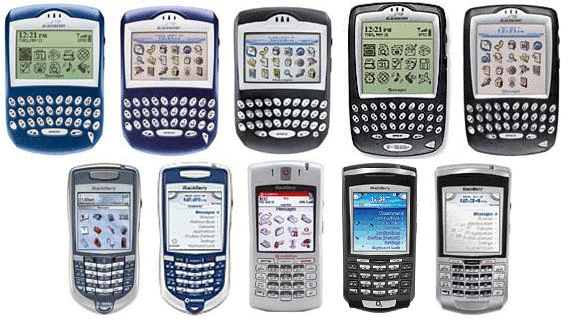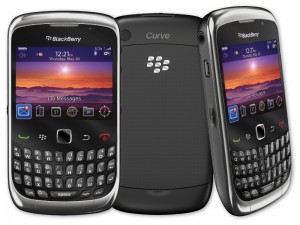I was rooting for Research In Motion to make a huge comeback after having gone to their BlackBerry World 2012 convention last month. I really was. It’s no secret that the company has been having problems of late trying to stay afloat in a market that increasingly deems them irrelevant. More and more gadget users are being driven to sell old BlackBerrys to make the switch to other smartphones. However, I thought their BlackBerry 10 presentation at the convention showed that they still have what it takes to keep up with the competitions’ paces.
At least, that was until I saw the ace Apple had up its sleeve at the recently concluded World Wide Developers Convention (WWDC) 2012. RIM CEO, Thorsten Heins may repeat as much as he wants how the company sacrificed blood, sweat, and tears to ensure the BB 10 would pave the way for the company’s resurgence, but the fact of the matter is that Apple has once again proven that they are one step (or more) ahead. While the BB 10 can keep up with currently available mobile operating systems, Apple’s iOS 6 decidedly leaves every other OS (the BB 10 included) in the dust. This devastating blow may just be enough to convince former BlackBerry stalwarts to finally concede and consider trading in their BlackBerrys for something else. And when that does come to pass, what do you think happens to all those discarded Berrys?

Whether it’s Berrys or other electronic devices, a lot of them eventually end up in landfills. Sure, there are those who sell used BlackBerrys instead of throwing them away outright; and while this is an okay solution, an even better one is e-recycling.
E-recycling has three elements to it that make it a more viable solution to e-waste (or electronic waste) buildup. The first is that it refurbishes old and used electronics to make them look and work as if brand new. The second is that these devices are resold at lower price points, since they are second-hand gadgets. The fact that they are re-dressed to be as good as new makes these gadgets attractive deals to consumers. The third (and most important) one is that the unusable parts are disposed of under strictest compliance to set green standards, further minimizing the effects of e-waste.

E-recycling is a noteworthy branch of recycling because it specifically addresses e-waste, which has only just come about due to the prevalence of personal electronic devices in the last few decades. E-waste, aside from contributing to the daunting accumulation of plastics and silicon (which by themselves are already notoriously difficult to recycle to begin with), also carry harmful chemicals like lead, cadmium, and beryllium that leak from batteries, capacitors, and other electronic components. These chemicals cause a direct negative impact on the environment, rendering e-waste much more dangerous than most people initially think.
Many gadget aficionados are no doubt ready to sell used BlackBerrys if it comes to that. The best recourse would be to go to the nearest e-recycling center to give away those Berrys. After all, what better way to safeguard the future – with all the technological marvels it is sure to bring – than by going green today?
